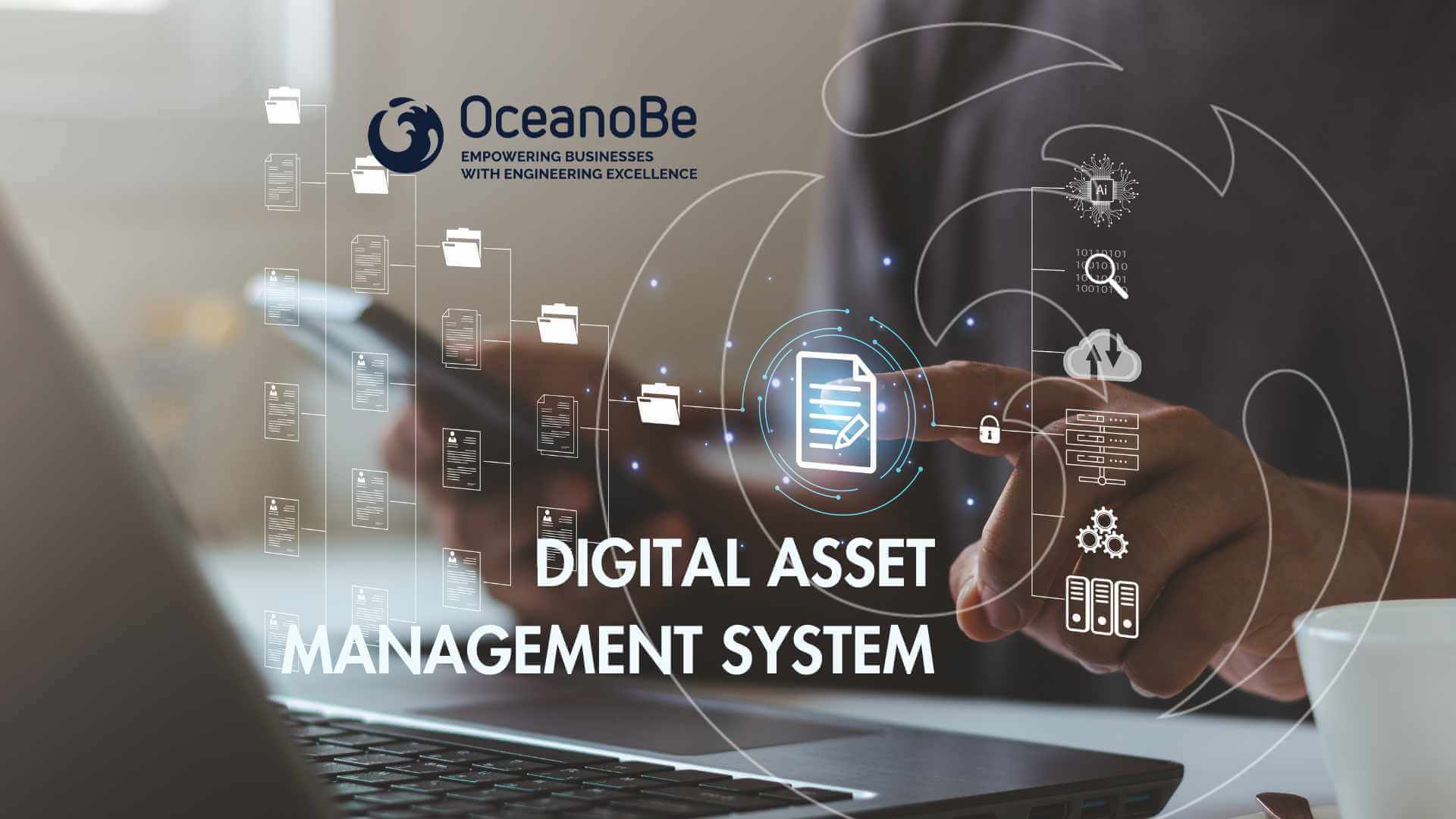Custom Asset Management System
We designed and implemented a custom asset management system with many modules that fits many needs for handling multiple assets and can be customed.
We designed and implemented a custom asset management system with many modules that fits many needs for handling multiple assets and can be customed.

The MVP for this product facilitated several processes that the Client was doing manually in a time-consuming manner. The asset management app connected all the information in one place and created variables for the output reports under the Client’s requirements.
We want to showcase our asset management product that can be used as an internal tool that provides an overview of all assets regarding the car fleet, buildings, people/ employees, and administration support. We created a web-based custom asset management system that included 6 different modules/ applications ( Employees Management, Property Management, Financial Management - budgets and expenses, Projects Management, Registry Office and Administration) in which the Client can view all the assets, main issues, and maintenance deadlines, for an easy overview flow. The product can be replicated and customed to fit your requirements and can be built into an internal tool with features tailored to your industry or activity.
The primary users of the system were the asset manager/ administrator and the executive management. Secondary users (the maintenance technicians, the inventory responsible, the finance & accounting responsible, procurement officer) do not interact with the system but provide information to the asset manager.
The asset manager/ administrator can:
The executive management can:
These actors play a role in the effective management of assets within the Client organization, ensuring that assets are acquired, maintained, utilized, and disposed of in a manner that maximizes their value and helps the overall activity of the Client.
The asset manager is in charge of administrating all the mobile assets. Since these assets were not in digital format, it was very time-consuming to monitor each asset.
The car fleet and the buildings in charge of the administration had to be attentively monitored because of all the constant deadlines and insurance renewals, all the identification documents were in physical format and had to be digitalized. The problem identified was the need to have at any point in time a ‘traffic light’ visual representation for the urgent issues, the issues that had to be solved but weren’t a priority, and those issues that needed no attention at that point. The documents had to be revised by hand and updated in different worksheets, and creating an overview needed time and effort. Not having a response on the spot created user frustration and it resulted in inefficiency.
The software solution creates asset pages for each asset and inputs all the information related to that asset. The cars have different input fields from the buildings. Each category of assets has pre-defined fields that need to be filled. Once the information is in place the software creates a master tracker view for the user in which all the assets can be seen in a table-like format with traffic light indicators for each issue.
Moreover, our solution provides an overview of all the assets at any point. All issues could be addressed promptly and translated to improve efficiency and reduce costs for operating these tasks.
The system platform can be accessed based on the accounts created for users. Each user can have different permissions in the system, according to the requirements and the role.
At the beginning of the project, the information provided by the user was imputed by us in the platform. We added in the system the possibility to add new asset pages and modify existing assets for the main user - the asset manager/ administrator, so the user inputs are:
Data of each asset is stored in the platform for as long as it is in use. Once it is not used anymore it can be archived and it is retained in the database, but can’t be updated or modified.
Considering that this platform contains very sensitive information we focused on security to make sure that the data is safely stored and safe. We implemented the following security measures:
HTTPS → This will add the SSL certificate to the whole domain and keep it safe.
HSTS → It’s an extra header that enforces HTTPS and it prevents man-in-the-middle attacks.
CSP → CSP adds an extra layer of security preventing multiple attacks like XSS and data hijacking.
Besides this, we also implemented a suite of other security headers and other measures. We’ll quickly list the rest of the implementing headers: X-Frame-Options, X-Content-Type, Referrer-Policy, Permissions-Policy, Cross-Origin-Embedder-Policy, Cross-Origin-Opener-Policy, Cross-Origin-Resource-Policy
All these measurements protect the users from data theft. All the passwords are auto-generated and we didn’t offer the possibility for a password change to prevent attacks on the servers and data breaches because the users are adding weak passwords to the platform.
Efficiency Gains: Quantify improvements in terms of time saved, increased productivity, etc.
Cost Savings: Any financial benefits resulting from the use of the software.
User Satisfaction: Improvements in user experience and satisfaction.
Other Metrics: Any other relevant metrics that highlight the value delivered.
We facilitated several processes that the Client was doing manually in a time-consuming manner. The asset management app connected all the information in one place and created variables for the output reports under the Client’s requirements.
Future enhancements for this solution can include:
We help clients driven by digital transformation and we can develop custom-made asset management software applications that integrate with the other systems in use.
You can check out the case study for this project here - Asset management digitalization .
Contact us for a tailored approach based on your requirements: Accelerate Your Business.